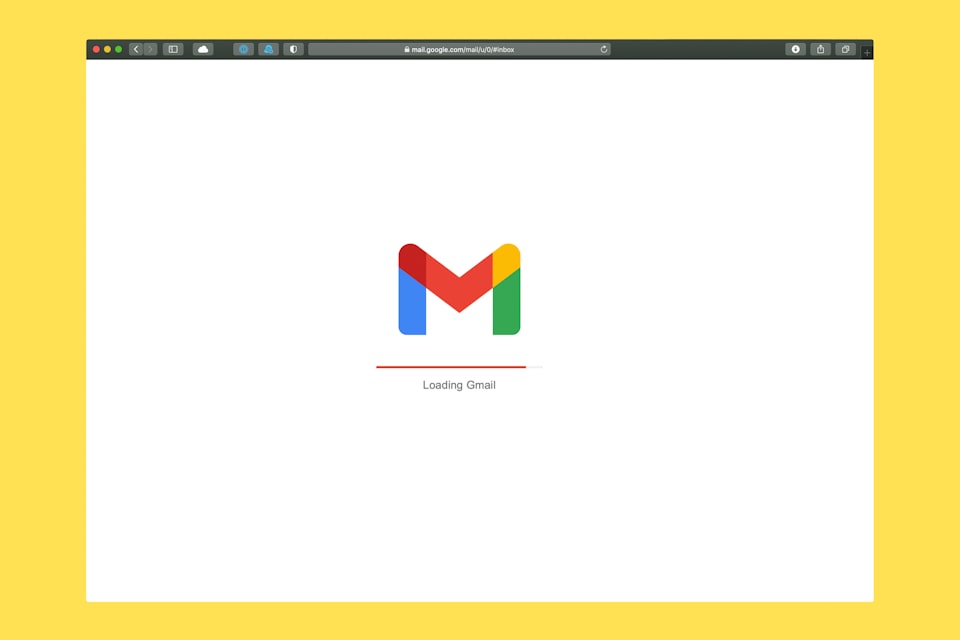8 Simple Rules to Avoid Email Hell

I just listened to an episode of Rocketship.fm in which Thomas Knoll describes why he decided to ban internal email at his company. It’s a great episode, go give it a listen.
I dislike email as much as the next guy, and I totally agree with Thomas on keeping institutional knowledge and TODOs out of email, but I’m going to take a somewhat contrarian view on this. I think banishing internal email entirely can have negative side effects. Email is very good for asynchronous communication when used appropriately.
It’s not email (the tool) that’s the problem, it’s the people who abuse it.
I don’t like chat as a substitute for email, either. I’ll quote my previous boss, Michael Pryor (Trello, Fog Creek):
chat is more dangerous than email. tricks you into thinking you are “working” when you are just reading/writing chat. #meanstoanend
— Michael Pryor (@michaelpryor)
October 3, 2014
So rather than taking a shotgun approach, try implementing a simple rules to keep email sane.
Here are the guidelines we use:
Think hard before you hit send on an email. Can you do it yourself with just a little more time and effort?
Email is not a world-writeable TODO list. Just because someone emailed you and asked you to do something doesn’t mean you should do it. We want to be helpful and courteous, but we are accountable to our team goals first and foremost.
Don’t email a group and expect an action to occur. This diffuses responsibility. Email one person and cc others if absolutely necessary.
Think before you cc someone. Do they really need to know about it?
Don’t expect people you cc to read your email.
Keep your emails short (3 to 5 sentences) and always highlight what needs to by done, by whom, and when.
Don’t send “thank you” emails. It’s implied and they waste time.
Keep institutional knowledge and TODOs out of email (and in Basecamp, Trello, etc.).